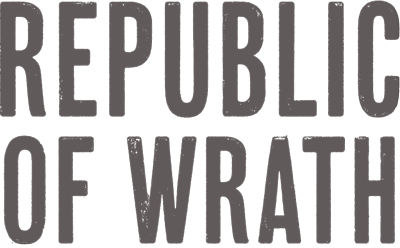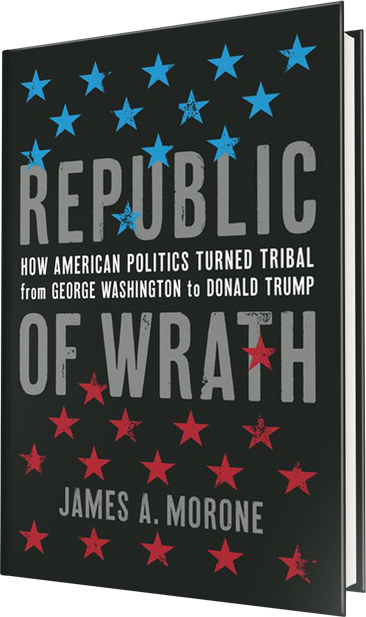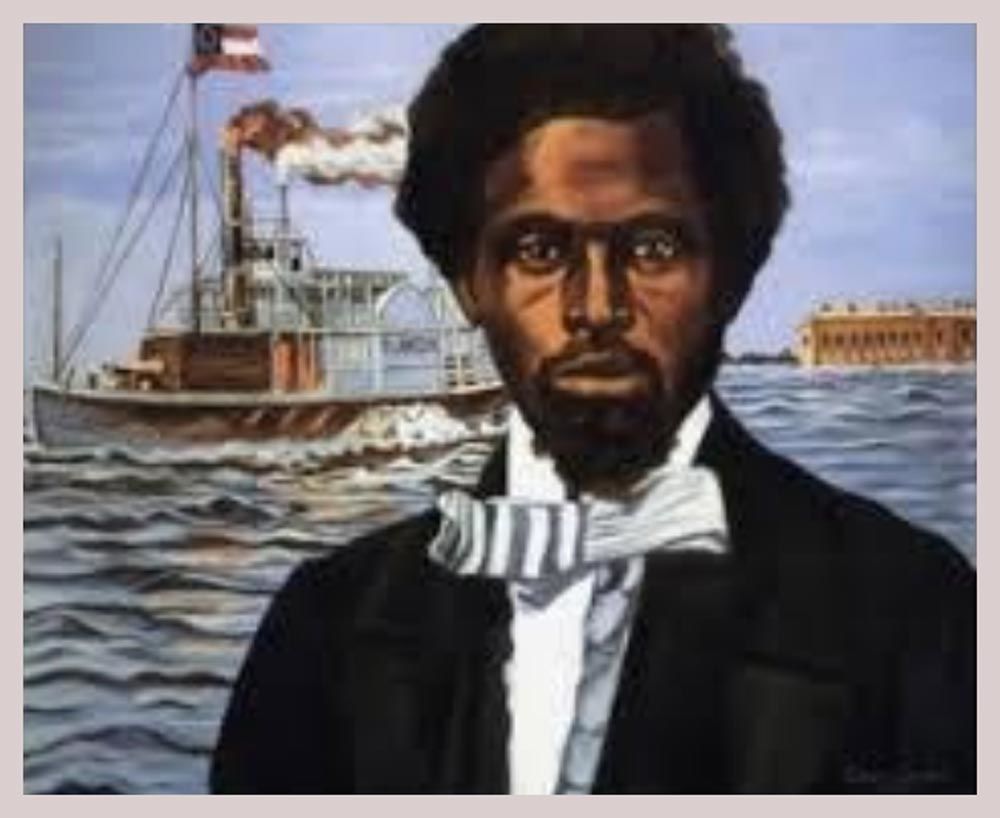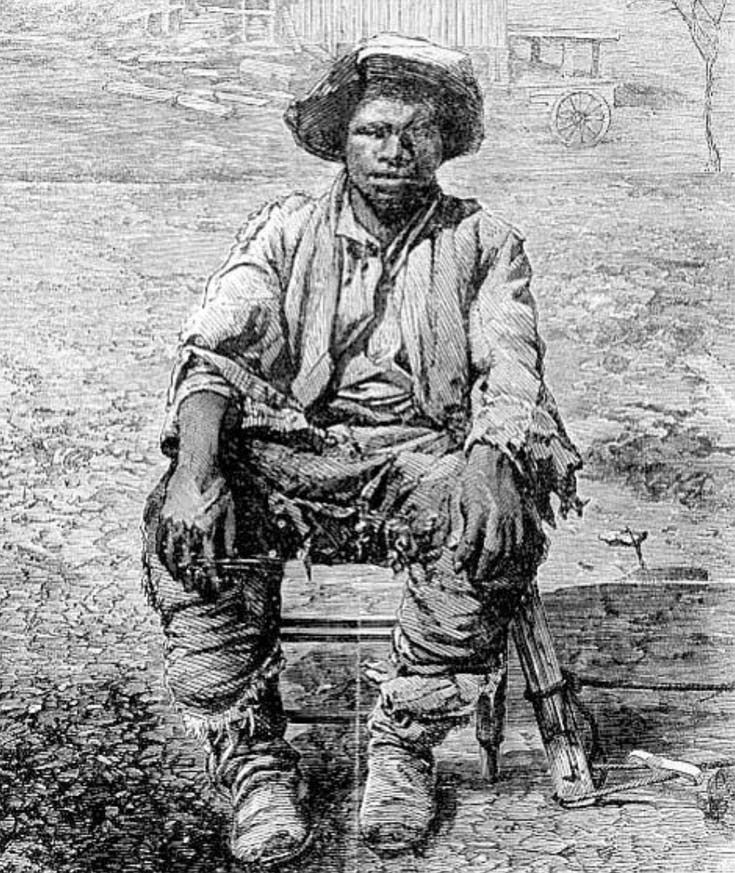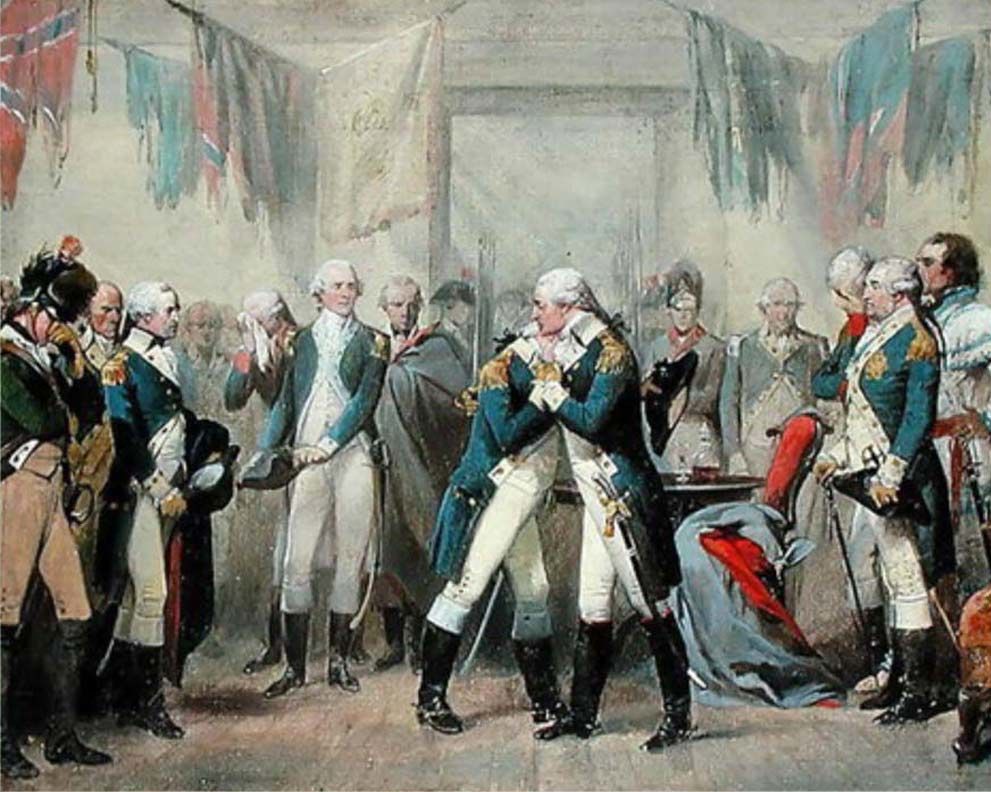Website Exclusive: “A Preface to Republic of Wrath in the Age of Covid”
I called my doctor’s office for the results of a routine test. “Oh,” said the nurse, hesitating for an ominous split second, “the doctor wants to talk to you.” I sat, waiting on hold, a lovely Chopin waltz tinkling ironically on the phone as if everything were just fine. After an endless wait—or perhaps a short one—a gentle voice broke in: “Cancer…. Pretty big…. Biopsy…. Remove a kidney…. As soon as possible…. See if it spread.”
What happened next was magical. A whole community sprang up around me. My wonderful partner, Rebecca Henderson, exuded her usual mix of warmth, good cheer, and the amazing ability to make things happen. Rebecca had come home, ten years ago, to find her first husband dead on the floor from a massive heart attack and now she had to cope with the prospect of another loss, just three months after our wedding. But I never saw her smile falter. Meanwhile, friends and colleagues—from near and far—washed me in warm, wonderful, encouraging messages. One said she looked forward to the book that would come out of the episode. Students in a public policy program that I was directing organized “a run for Jim” and donated the money they raised to Hasbro Children’s hospital in Providence. And when I got back to work, the staff at the Taubman Center had thought of everything—right down to the little refrigerator stocked with water sitting next to my desk (hydration!). I came out of the episode with deep gratitude to many more people than I can name in this paragraph.
So, it’s a bit odd that when I recovered (I’m doing fine now), I did dive into a book—but one that was about as far from the magic of community as it is possible to get: the partisan uproar that was rocking President Barack Obama’s second term. And to make the disconnect even weirder, I started out cheering the unruly politics that most Americans lamented. All this noise, I thought, is exactly what is supposed to happen in vibrant republics—people fight for their ideas. I had been scribbling op-eds urging Democrats to get over their bipartisan illusions. Now, I planned a book that would explore the partisan fights in American history, compare them to the raucous present, and frame it all around a rousing defense of political passion.
But what I found sobered me right out of that plan. I had not expected so much violence. As you’ll see in the chapters ahead, partisan politics has always—always—been wrapped up in race, in ethnicity, and in questions of national identity. And every change seemed to provoke savagery. Sure, many of the violent spasms are well known: slavery, segregation, Civil War, racial riots erupting across the country for a hundred years after the Civil War. And it goes on: attacks on the Chinese in the west, Mexicans in the southwest, Irish in the northeast, and African Americans everywhere. But the unremitting scale and scope of our own pogroms have, somehow, slipped to the fringes of the national narrative—exceptions, anomalies, occasional troubles. What I learned—some colleagues will cluck at the naiveté—was that the violence was more essential, that raw violence is a basic feature of the partisan story.
And to make matters still worse, I encountered another thing that I had not fully expected. Right from the very first contested election, democracy in America was a lot more rickety than I’d imagined. The electoral rules, even the right to vote itself, kept going up for grabs. And—to link the two themes—the politics surrounding popular government always turned red-hot in the face of racial challenges and (or) another surge of immigrants.
Then, just as this book went to press, the Coronavirus hit. I have never seen or studied anything quite like it. Past crises seemed to move in slow motion compared to this one. Millions of people lost their jobs in a week. The economy crashed. Cities lay empty and eerie. My beloved university campus looked ghostly. The skies became silent as planes all but disappeared. Friends working in hospitals went without enough protection—brave, frightened, falling ill, and sometimes slipping into the ICUs themselves. Then the reports of deaths—slowly at first, then more. What does it all mean?
Right now, in the early days of the episode, there’s a lot we don’t know, we can’t know. Will the crisis force Americans to face up to their roaring gilded age—with its precarious safety net, inadequate public health, and decaying public infrastructure? Or simply make it all worse? Is it a big deal that Republicans and Democrats—sniping at one another, of course—quickly came together and pushed two trillion dollars out the Congressional door (a sum that equaled almost ten percent of the entire economy before the crash)? Is it a sign of change that business leaders are talking more about workers and less about stock prices? Or is it all a blip, a 2020 story that will soon fade away? Obviously, it’s too soon to tell. Way too soon to tell.
Still, crashes and crises are nothing new. You’ll find them in every chapter of this book. The changes they introduced remade the United States. And they all had at least two things in common: they permanently changed the country. And, although they often seemed like bolts from the blue, they never really came out of nowhere. They were always the culmination of trends that had been evolving, year by year, and blasted to the surface with the crash or the clash or the big election. Historians later go back and track down the straws that were already blowing as the storm arose. In the pages ahead, you’ll see how the great transformations were all years in the making. Change is constant—even if it takes us by surprise when it actually hits.
So, what’s been blowing in our own wind? What will the epidemic reveal about our quiet changes? I wonder if I got a little hint as I travelled around the country talking to students and faculty while I worked on the book. At Oklahoma City Community College, I was arrested by the signs posted on every entrance: “No guns permitted beyond this point”—the college president renegotiates the ban with the state legislature every year. But what really surprised were the students themselves. The first person to rise and ask a question was a 30-year-old Somali woman in a beautiful khimar, a headdress. She testified that her two children were weeping at the thought of being cast out of the only land they had ever known. Five hundred young people listened to her with what seemed like deep respect and sympathy.
At El Paso Community College, the syllabus read, “this course taught in English.” When I referred to the students, packed into the classroom, as “Latinx,” someone smiled and gently corrected me, “Nah, we’re not Latinos, we’re Mexicans.” Meanwhile, at Harvard Business School—the incubator of American capitalism if ever there was one—the entire first-year class took a survey in February 2020, before the virus had become a big deal. When they were asked, “Is capitalism broken,” exactly half answered “Yes.” The faculty was stunned. Something seemed to be stirring in the rising generation.
Meanwhile, in my own classes, I had three hundred students last semester and not one named Smith, Jones, or Johnson. The most common surnames were Cho, Kim, and Glickman. When I asked one of my seminars to engage one another’s politics, those who despised Trump and the lone student who supported him were surprised to discover that, at bottom, they were all yearning for pretty much the same thing: a community dedicated to something deeper than selfishness and pushing ahead. The most diverse generation in American history—you’ll hear a lot more about majority minority in the pages ahead—is eagerly looking for community.
Come to think of it, they’re groping toward the very same thing that so moved me when I got sick. Maybe—just maybe—the Coronavirus fast on the heels of the great recession and all in the context of global climate change will, indeed, press the nation toward a new sense of shared fate, especially as young people replace the Fox News generation.
But I can hear my social science friends muttering, “biased sample.” Well, yes, I was talking mainly to college students. Perhaps they do see the world differently than those who never finished high school. And, in any case, there’s a far less cheerful picture of the future that wells up from the American past. Perhaps an older, angrier, more partisan generation will let our rickety democracy break down completely before letting those people take over. That, as you’ll see, is what happened every time Americans cities or states faced a majority minority in the past. A new rising generation does not count for much if most members can’t or won’t or don’t vote.
Which brings us back to Republic of Wrath. The chapters in the book will each immerse you in another raucous era. I try to give you a sense of how it felt at the time—drawing on the newspapers, speeches, party platforms, campaign slogans, and the best-selling novels of the day. In the process, I try to puzzle out the common themes running through the past. Reflect on how they shape the present. And try to imagine what they might tell us about the America yet to come.
